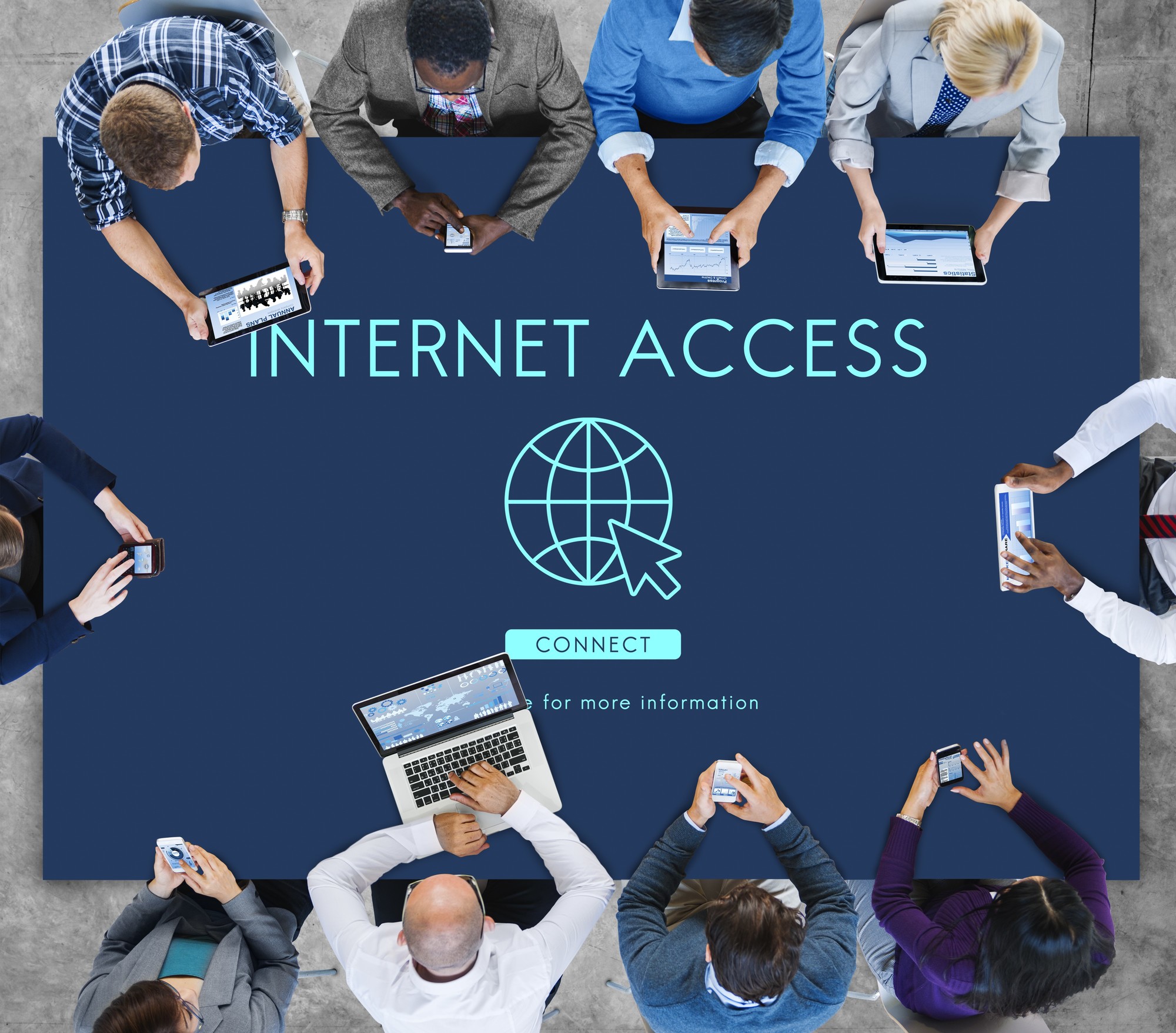Is telehealth working?
Does telemedicine live up to the hype? The answer to this question, based on MDH’s survey responses, is a qualified “yes.” Minnesota’s health care providers say that for many types of clinical visits and patients, the new modality works quite well. It does indeed expand access in a wide variety of situations.
Inequities do exist
Yet, there’s more work to be done. In addition to expanding care, telehealth exposes some longstanding inequities. For example, providers report that for patients for whom English is not the first language, telemedicine can be quite challenging. “It’s a very difficult platform for non-English speaking families [who are working with English-only providers],” said one provider. Others report that including an interpreter can be difficult or frustrating for both patients and providers, and in some cases there is no interpreter available to speak the necessary language.

Likewise, low–income patients or elderly patients who lack the necessary technology or experience may struggle to access telemedicine. “Most patients in my practice (seniors) do not have access or cannot use internet applications for a video telehealth visit,” said one provider. Another reported that it was difficult to treat low-income and homeless patients, saying, “they need access to both a computer, and to MyChart, and they [often] don’t have that.”
And although many providers reported how helpful telemedicine could be for reaching their rural patients, unreliable internet access in remote areas of the state also created problems. Many providers reported that poor connections limited their ability to effectively work with and treat their rural patients. As one provider noted, “For those of us in rural areas it has been a health access game changer, supporting greater health equity. But it doesn’t work when our families have limited or no access to the internet, and this will require ongoing attention from policymakers.”

While the overnight telemedicine experiment has revealed weaknesses in some areas, what seems clear from the provider perspective is that telemedicine is here to stay. Among those who are currently using telemedicine to provide care, nearly 90 percent say they plan to continue using it either sometimes (60 percent) or frequently (26 percent) after the pandemic has passed. As one provider put it: “It works. And it does remove barriers for patients who have difficulty coming to see me in person.”
|